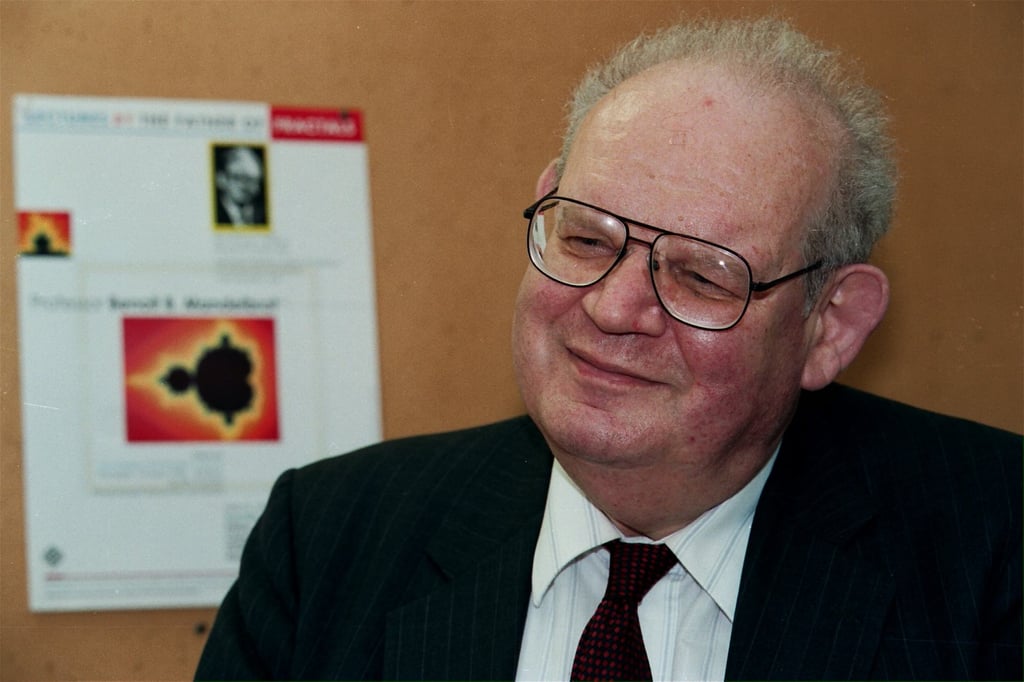Economist Paul Samuelson famously quipped that stock markets accurately predicted nine of the last five recessions. The same could be said of financial economists. So-called leading indicators like market sentiment swing with the daily news. Optimism is the default option but bull markets die hard. Still, most seasoned financial economists now recognise that stock markets are becoming more fragile.
The financial system absorbs shocks by adjusting prices using information from news signals passed through narratives. This price adjustment results in a new state of dynamic equilibrium between buyers and sellers – akin to the concept in cell microbiology.
But as a market becomes fragile, the system becomes more sensitive to relatively small external shocks, which could trigger investor panic. If a shock is too severe, the stresses melt down the system.
The late Benoit Mandelbrot, using fractal geometry, showed that extreme financial events repeat in similar patterns across timescales, like the natural phenomena of tides and landforms. For example, the youthful internet company AOL acquired the storied Time Warner during the dotcom crisis. Behold, one of the mega-deal headlines today is that the newly renamed Paramount Skydance (under youthful management) wants to take over Warner Bros Discovery. In the markets, even if history doesn’t exactly repeat itself, it rhymes.
Market events generate financial volatility in clusters over all timescales and strike with consistent frequency, duration and ferocity. Mandelbrot showed that all bubbles end, the only question is when.



